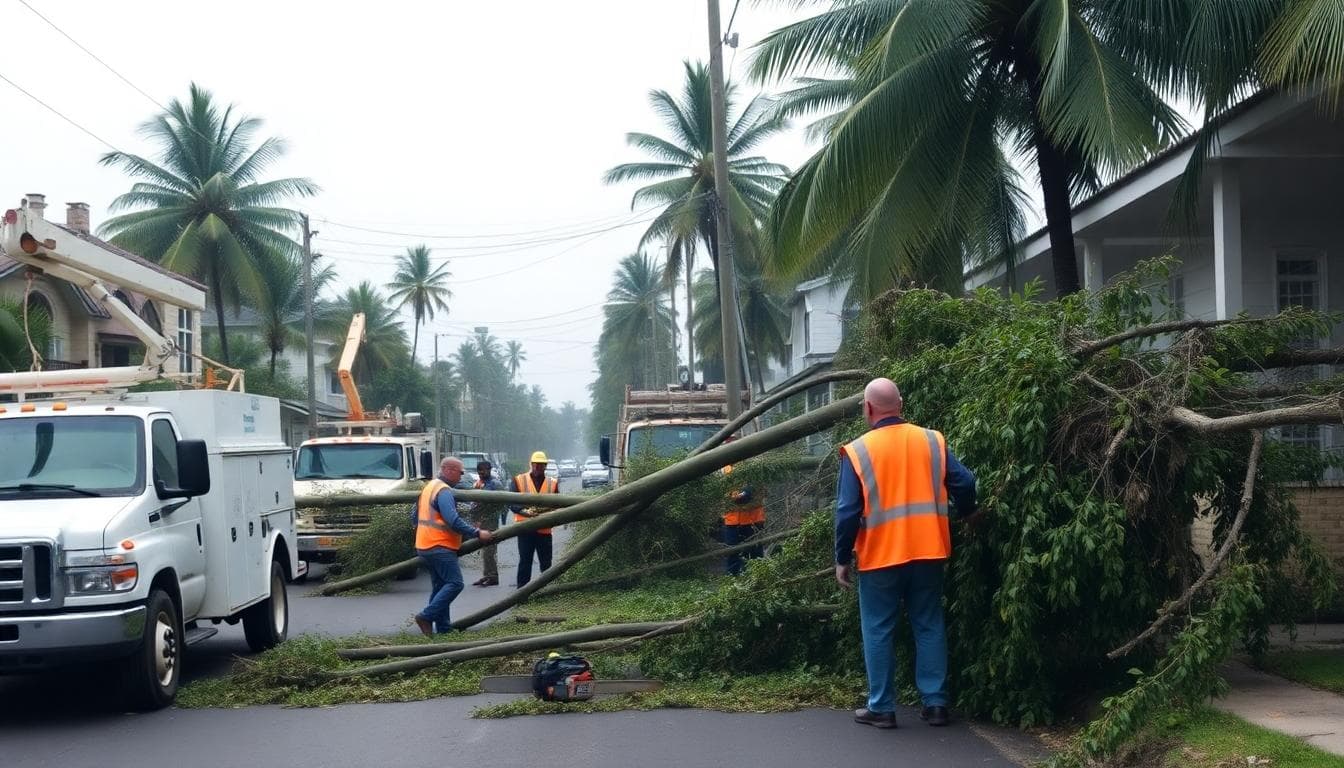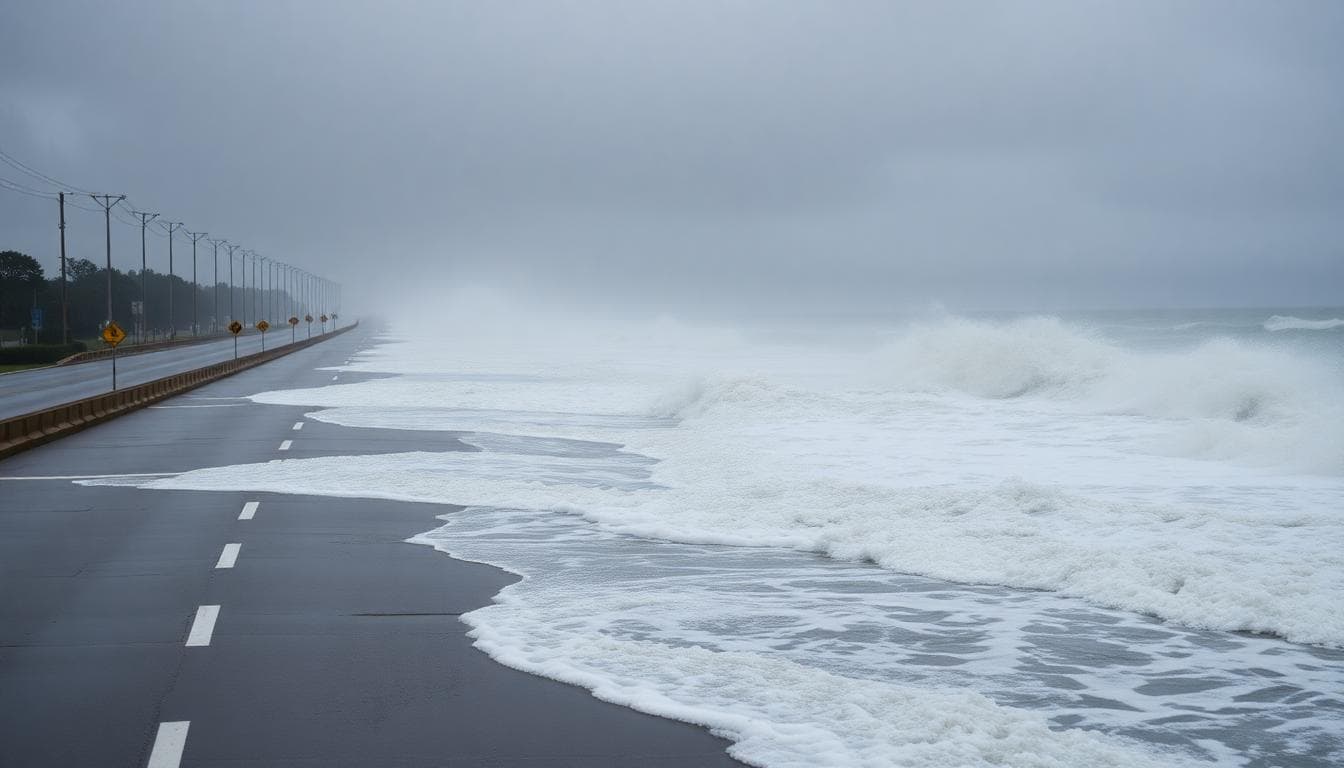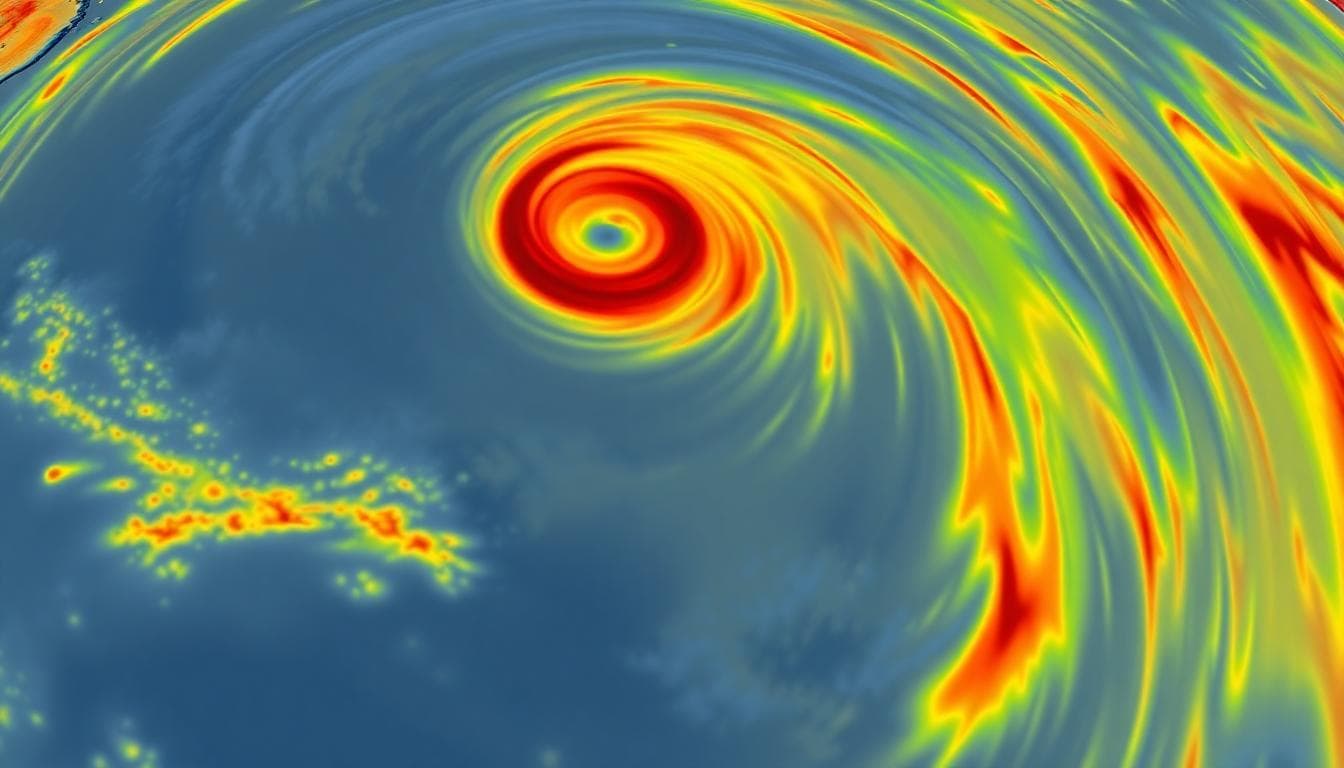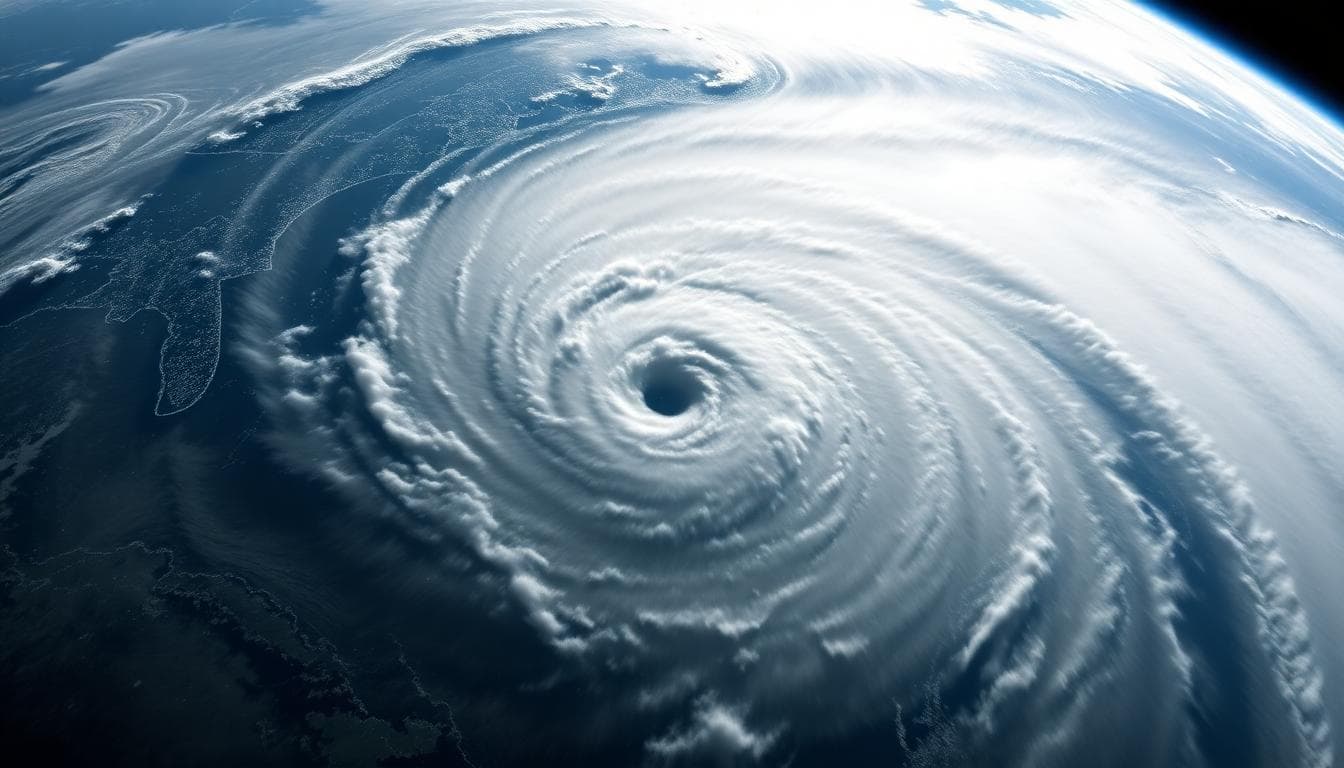Hurricane Melissa left a trail of damage and heartbreak. Jamaica is cleaning up after catastrophic destruction, while the storm continues east-northeast through the Atlantic. Authorities report severe wind damage, flash flooding, mudslides, power outages, and major disruptions to travel and communication. Here is what happened, what is next, and how to stay safe as conditions shift in the days ahead.
What Happened in Jamaica
Melissa brought hurricane-force winds, storm surge along low-lying coasts, and intense rain bands. The strongest impacts hit communities with older housing, hillside settlements, and areas near riverways. Trees snapped, roofs peeled, and roads washed out in multiple parishes. Emergency crews cleared debris to open main corridors for ambulances, utility trucks, and supply vehicles.
Power and water services faced wide interruptions. Line workers are replacing poles, restringing lines, and repairing substations. Water authorities are flushing systems where flooding mixed with sediment. Airports resumed limited operations for relief flights and essential travel. Ferry and small craft operations remain restricted until seas calm.
Why Melissa Was So Destructive
Even as a Category 1 storm, Melissa packed a dangerous mix of hazards. The compact core drove damaging gusts. Outer bands sat over the island for hours, which amplified flooding. Mountains wrung moisture from the storm, forcing heavy rainfall into valleys and floodplains. Combined, these factors produced landslides, swollen rivers, and localized storm surge.
Inside the Cleanup
Jamaica’s recovery started fast. Crews are prioritizing hospitals, shelters, and major roads. Relief groups are distributing tarps, hygiene kits, and food. Homeowners are documenting damage for insurance and government programs. Schools are being assessed for structural safety before reopening. Volunteers are helping elderly residents remove debris and secure temporary coverings.

Public health teams are warning about waterborne illness after flooding. People are advised to boil water if unsure about quality, wear gloves during cleanup, and avoid standing water with downed lines. Mosquito control teams are targeting stagnant pools to reduce post-storm disease risk.
Storm Status and Track
Melissa is moving through the Atlantic away from Jamaica. While the core winds have eased from peak intensity, the storm still spreads rough surf, rip currents, and heavy squalls far from its center. Forecast models suggest gradual weakening over cooler water and increased wind shear, but rainfall and marine hazards remain a concern for shipping lanes and islands along the storm’s outer reach.
Residents in the Bahamas, Turks and Caicos, and Bermuda-adjacent waters should monitor official updates from local meteorological services and the National Hurricane Center. Even glancing blows can produce dangerous seas and coastal flooding during high tide cycles.
Travel and Logistics
Airlines have issued flexible rebooking for affected routes. Travelers should confirm flight status directly with carriers before leaving for the airport. Ports will reopen in phases as pilots inspect channels and tug services resume. Supply chains may see delays as warehouses check for water damage and trucking routes reroute around closures.
How to Help
- Donate to vetted relief organizations active in Jamaica and the wider Caribbean.
- Send requested supplies only; unsolicited goods can clog logistics.
- Share official updates to reduce rumors and keep families informed.
- Volunteer locally if you are trained; otherwise support with funds or supplies.
Safety Tips for Residents
- Stay clear of downed power lines. Assume they are live.
- Do not drive through floodwater. It can hide washouts and strong currents.
- Use generators outdoors, away from windows. Prevent carbon monoxide poisoning.
- Photograph damage before moving debris, then keep receipts for repairs.
- Check on neighbors, especially seniors and people with disabilities.

Insurance and Home Repairs
File claims as soon as possible. Most insurers prioritize by severity and timing. Document roof, window, and interior damage thoroughly. Keep samples of damaged materials if asked for inspection. Beware of unlicensed contractors who appear after disasters. Get written estimates, verify references, and never pay in full upfront.
For minor roof damage, tarps can prevent more water intrusion. Dry wet materials quickly to avoid mold. Use dehumidifiers, fans, and open windows when safe. Photograph each step to show mitigation efforts. If you rent, notify your landlord in writing and keep copies.
Economic Impact
Storms like Melissa strain local budgets. Tourism slows, small businesses pause, and public infrastructure needs emergency repairs. Short term, the focus is on debris removal and restoring utilities. Medium term, rebuilding efforts create demand for materials, labor, and logistics. Transparent tracking of funds and milestones helps communities rebuild faster and fairer.
How Communities Build Back Stronger
- Harden power systems with underground lines where feasible.
- Improve drainage and keep canals and culverts clear.
- Update building codes for wind uplift and flood elevation.
- Design shelters to double as community centers with backup power.
- Train local volunteer teams for first-aid, chainsaw safety, and traffic control.
What’s Next for Melissa
Forecasts point to continued movement through the Atlantic with gradual weakening, but hazards will linger. Large swells will travel far from the storm center. Mariners should review advisories and avoid exposed routes when possible. Coastal areas should expect beach erosion, rip currents, and intermittently heavy squalls.

Key Takeaways
- Jamaica faces significant wind and flood damage; cleanup is underway.
- Melissa continues through the Atlantic; marine and coastal hazards remain.
- Power, water, and transport will recover in phases; expect delays.
- Safety first: avoid floodwater, treat downed lines as live, and use generators outside.
- Help smart: donate to vetted groups and share official information.
Final Word
Hurricane Melissa is a reminder that even Category 1 storms can be life-altering. The wind field, rainfall totals, storm surge, and long-duration bands make the difference. Jamaica’s resilience is on display, and support is already flowing. As the storm tracks through the Atlantic, stay tuned to official advisories and keep safety at the center of every decision.
To contact us click Here .

